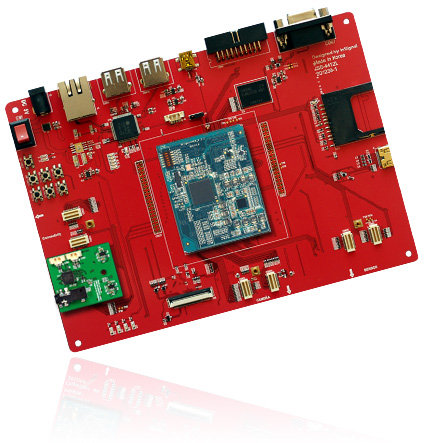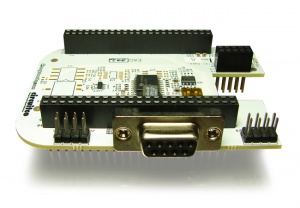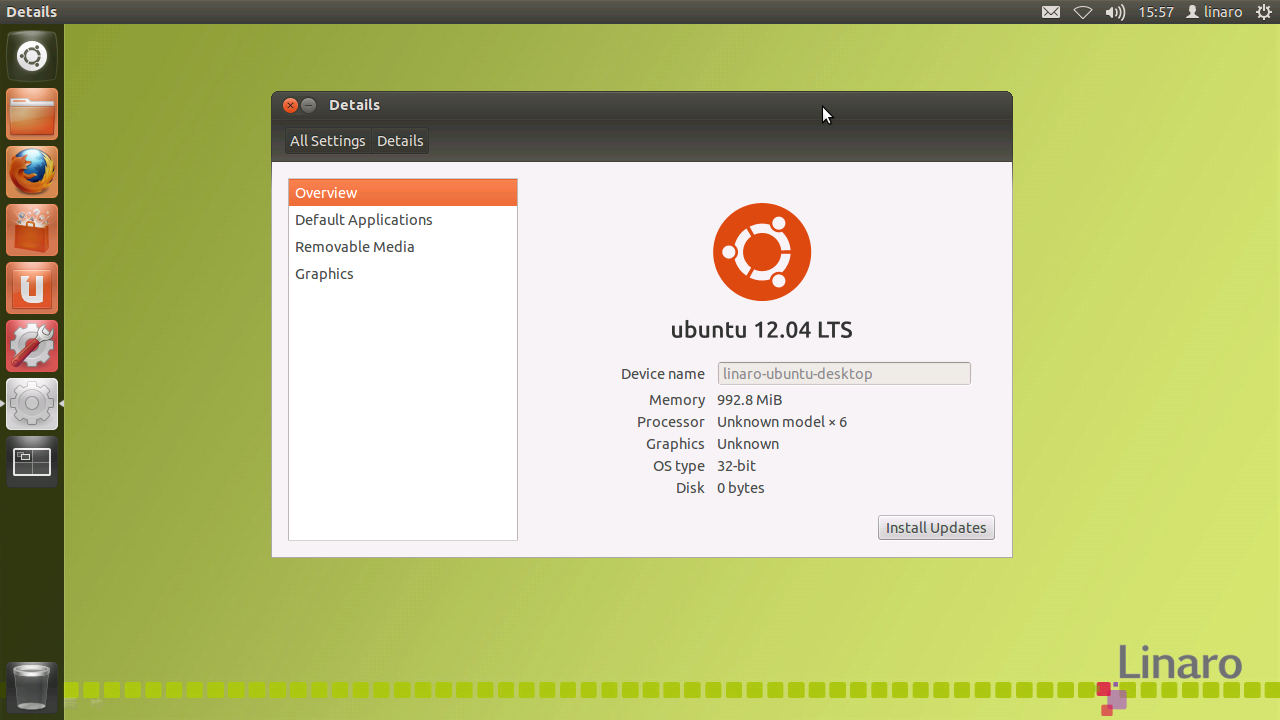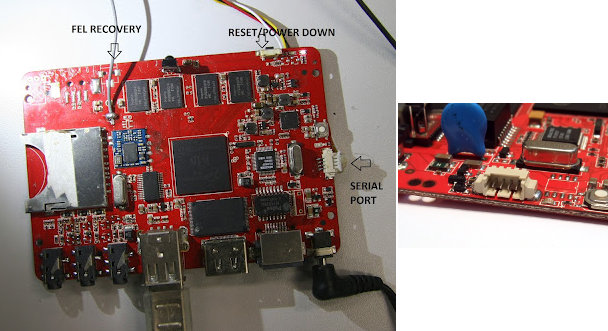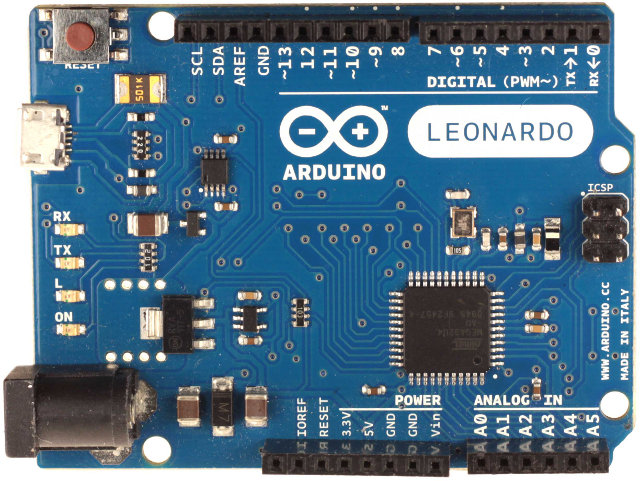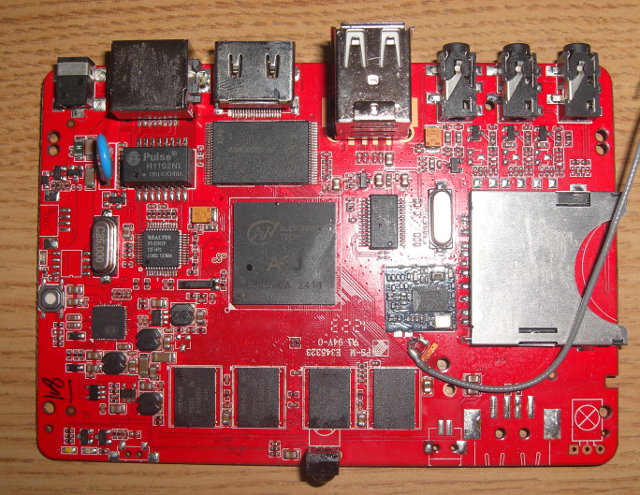As I wrote a list of the Top 10 ARM Linux development boards, I discovered that Origen 4 Quad development board based on Exynos 4412 quad core Cortex A9 processor is currently in development and will replace the Origen board (Samsung Exynos 4212). This board appears to be similar to Hardkernel ODroid-X board, but pricing won’t be as aggressive as it will sell for $199 (vs $129 for the ODroid-X) in the base configuration. Here are the specifications for the base version (ORIGEN 4 Quad Package-C): CPU Board CPU : Samsung Exynos 4 Quad Cortex-A9 core 1.4 GHz DRAM : 1 GB (POP Type) PMIC : S5M8767A Base Board HDMI support Ethernet (10/100 Mbps), SDcard 2x USB 2.0 Host, 1x USB 2.0 Device Serial, JTAG Connector support (Sub Boards) External I/F MIPI CSI/DSI , Parallel, C2C Sub Boards Sound Board: Realtek : ALC-5631Q-A ORIGEN 4 Quad Package-B is based on […]
Over 20 Capes are Now Available for the Beaglebone
BeagleBoard.org has recently announced that over 20 plug-in boards (called Capes) are now available for the BeagleBone, an open hardware board powered by TI Sitara AM335x Cortex A8 processor. Capes allow to expand the abilities of the board via two 46-pin headers. Each cape has those 2 headers as well, and up to 4 capes can be stacked on a Beaglebone as long as the pins do not conflict… Here are some of the available capes: BeagleBone LCD7 Cape – Features a 7-inch TFT LCD screen with 4-wire resistive touch and five user buttons. BeagleBone Camera Cape – Allows you to add a camera via QuickLogic CSSP camera interface solution connected via the GPMC (General Purpose Memory Controller) bus of the Beaglebone. BeagleBone Weather Cape – Includes temperature, barometric pressure, humidity and ambient light sensors. BeagleBone DVI-D Cape – Provides a DVI-D interface, which can be handy since there is no […]
Ubuntu 12.04 on ODroid-X Development Board
Yesterday, Hardkernel released the first version of Ubuntu for ODroid-X development board based on Linux 3.6-rc1 and Linaro Ubuntu Desktop 12.07. This is still early work, but here’s the current status: Linux Kernel 3.6-rc1 with gcc 4.7.1 Linaro toolchain SMP driven Quad-Core processing PMIC device driver USB 2.0 High-speed Host driver for Exynos-4412 HSIC interface Ethernet + USB Hub device driver LCD display driver HDMI display driver (Very early version and it may have HDMI 1.4a compatibility issues with some monitors) To do: Audio codec driver eMMC device driver Clock control driver 3D HW-GPU X11 driver (This may need couple of months) Power-off support WiFi module is not working with Ubuntu GUI. Hardkernel Wi-Fi module is not working due to missing driver There are 2 images: one for LCD display kits, one for HDMI output that can be downloaded via: BitTorrent – One file with both images? Very slow for […]
HardKernel ODroid-X Development Board Unboxing and First Boot to Android
I’ve just received the ODroid-X development board based on Samsung Exynos 4412 quad-core processor together with lots of accessories: WiFi-Modules Kit USB-UART Module Kit 16 GB eMMC Module 5V/2A Adaptor 10.1″ LCD Module (1366×768) BlueTooth Dongle Camera Module HDMI Cable Since there is quite a lot of things to cover, today I’ll just show some unboxing pictures, how to connect all those modules to the board and run Android pre-loaded in the eMMC module, and I’ll do a more detailed review with Android and Ubuntu in another post. I received the kit in a large box sent via EMS. Here’s a picture with the board and all accessories present in the Box. From top left to bottom right: 10.1″ LCD Modules, ODroid-X development board, HDMI to mini HDMI cable, micro USB to USB cable (for debugging), 5V/2A power supply for the board, 9V/1.5A power supply for the LCD module, WiFi […]
HackBerry AllWinner A10 Board is Now Available for $60
The Hackberry “development board” is now available for sale on Miniand. This board powered by AllWinner A10 processor comes in 2 versions: 512 MB RAM version – Available now for $60 1GB RAM version – Available by the end of the month for $65. Both boards features a 4GB Flash, a SDHC slot, 2x USB 2.0 port, 10/100 Ethernet, Wi-Fi, HDMI & composite outputs, headphone & microphone ports and a IR sensor. The good thing is that serial interface and FEL connectors will be soldered on the board for easy debugging and recovery. The FEL recovery port allows to reflash the board using Livesuit. As a side note, Henrik, a developer involved in Allwinner A10 software development, has done some work to reverse engineer FEL USB protocol, wrote a small program to enter into Livesuit mode with an SD card (Go to the bottom of the page section “Forcing FEL […]
VIA Releases Kernel 2.6.32 and U-Boot Source Code for $49 APC Board
VIA Technology unveiled the low cost APC (Android PC) board based on WonderMedia WM8750 processor (ARM11) back in May, and started to ship the Android board this month (I think since that was their plan). The company has just released Kernel 2.6.32.9 and U-Boot source on github. Here’s how to retrieve the code provided git is already installed on your machine:
You can then build U-Boot (provided you’ve already installed an ARM toolchain in your path):
and the Linux kernel:
The availability of the source means we should see Linux distribution like Debian, Fedora or Arch Linux ARM (separate from Arch Linux) running on the board very soon. In theory, it’s also possible to run a Linux distribution with the binary Linux kernel compiled for Android, but it causes some issues and also makes customization more difficult. I think they should also have release the code they modified […]
16 Euros Arduino Leonardo Board is Now Available
Arduino Leonardo is a new Arduino board with a 16 MHz Atmega32U4, 2.5KB RAM, 32 KB of Flash memory, 20 digital I/O, 12 analog inputs and 7 PWM outputs. In this version the MCU takes care of USB communication with the host, whereas for Arduino Uno, a separate chip is required to take care of this, which makes Arduino Leonardo cheaper than Uno. Here’s a summary of Arduino Leonardo specifications: Microcontroller – Atmel ATmega32u4 @ 16 MHz SRAM – 2.5 KB onchip (ATmega32u4) Flash Memory – 32 KB onchip (ATmega32u4) of which 4 KB used by bootloader EEPROM – 1 KB onchip (ATmega32u4) Operating Voltage – 5V Input Voltage – (recommended) 7-12V | (limits) 6-20V Digital I/O – 20 pins PWM – 7 channels Analog Input – 12 channels DC Current per I/O Pin – 40 mA DC Current for 3.3V Pin – 50 mA Watch the video to get […]
HackBerry: AllWinner A10 Development Board with 1GB RAM
After the Raspberry Pi, the Gooseberry, here comes the HackBerry. This is another AllWinner board similar to the Gooseberry, but which Ethernet, a full sized USB ports, an IR sensor and 1GB RAM. Here are the board specifications : SoC – AllWinner A10 System Memory – 1 GB RAM Storage – 4GB Flash + SDHC slot USB – 2x USB 2.0 ports Connectivity: 10/100Mbit Ethernet Wifi – 802.11 b/g/n Video Output – 1 x HDMI + 1x Composite Audio I/O – Headphone + microphone IR sensor The board runs Android 4.0, but since it’s an AllWinner device, you can run what you want. In a way it’s similar to the Mele A1000, except it has more memory, but lacks SATA, VGA output and has one less USB port. I can’t see the serial port pins on the PCB picture either. There is pricing information or availability yet, as Jasbir only […]


